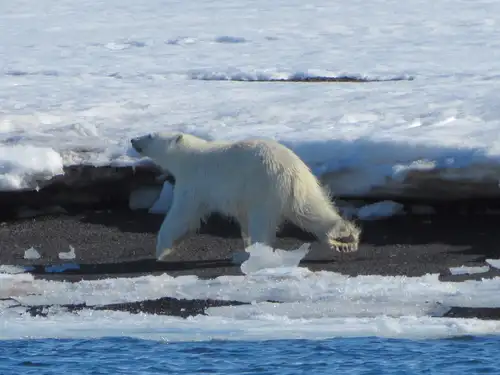There are some human activities that for many people simply defy understanding: We juggle chainsaws, we breathe fire, we fling ourselves out of perfectly good airplanes.
And some of us do the polar plunge.
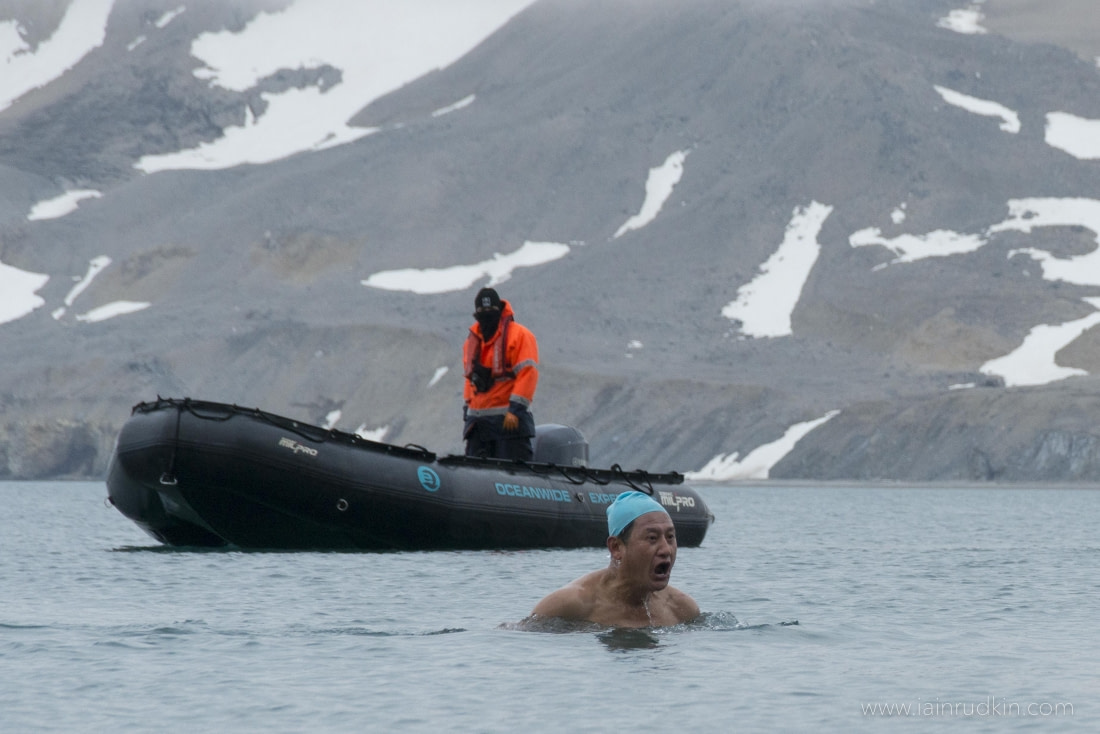
In case you’re not familiar with it, the polar plunge is a practice (some might say desperate cry for help) of swimming in the frigid, bone-chilling, dear-god-I-never-imagined-there-could-be-anything-this-cold water of the polar regions.
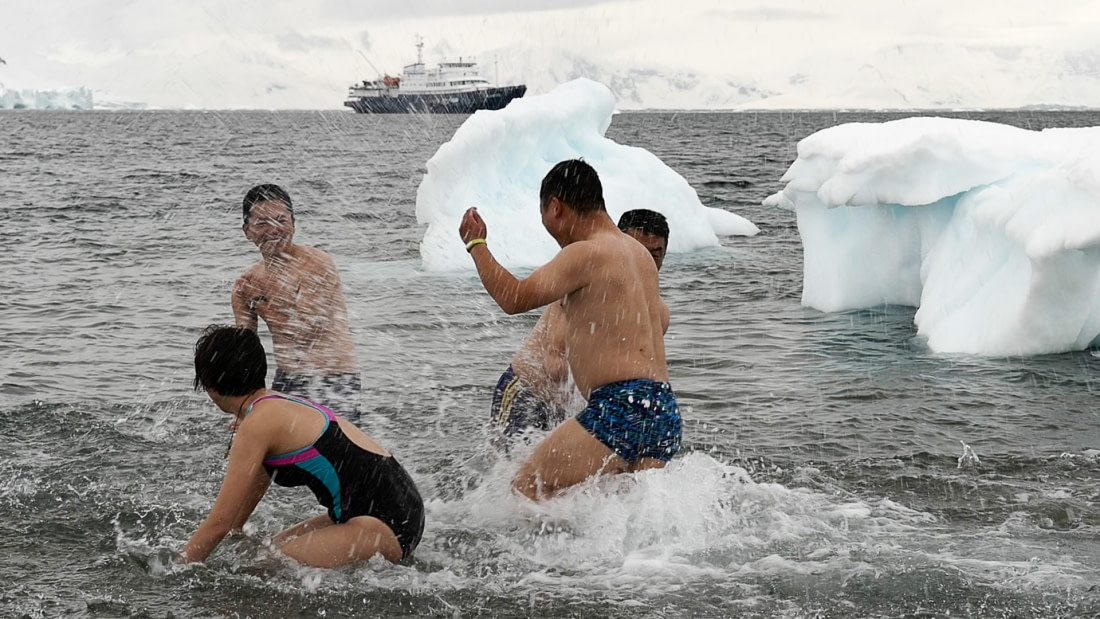
While we are not always able to accommodate this insan – er, activity, we try to do so when our guests request it. We also tend to take a lot of pictures.
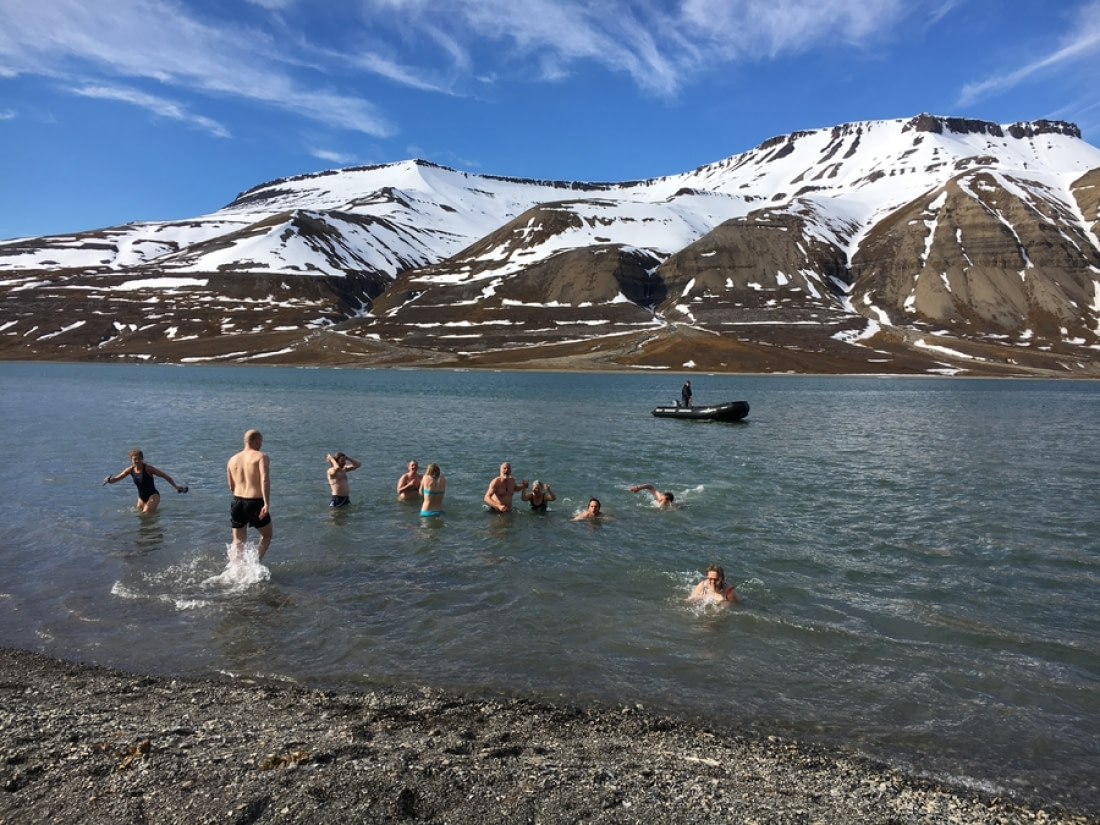
You know, just so people don’t think we’re making this stuff up.
So here are a few of those pictures, along with our best attempts at trying to explain this… Shall we say “interesting” polar activity.
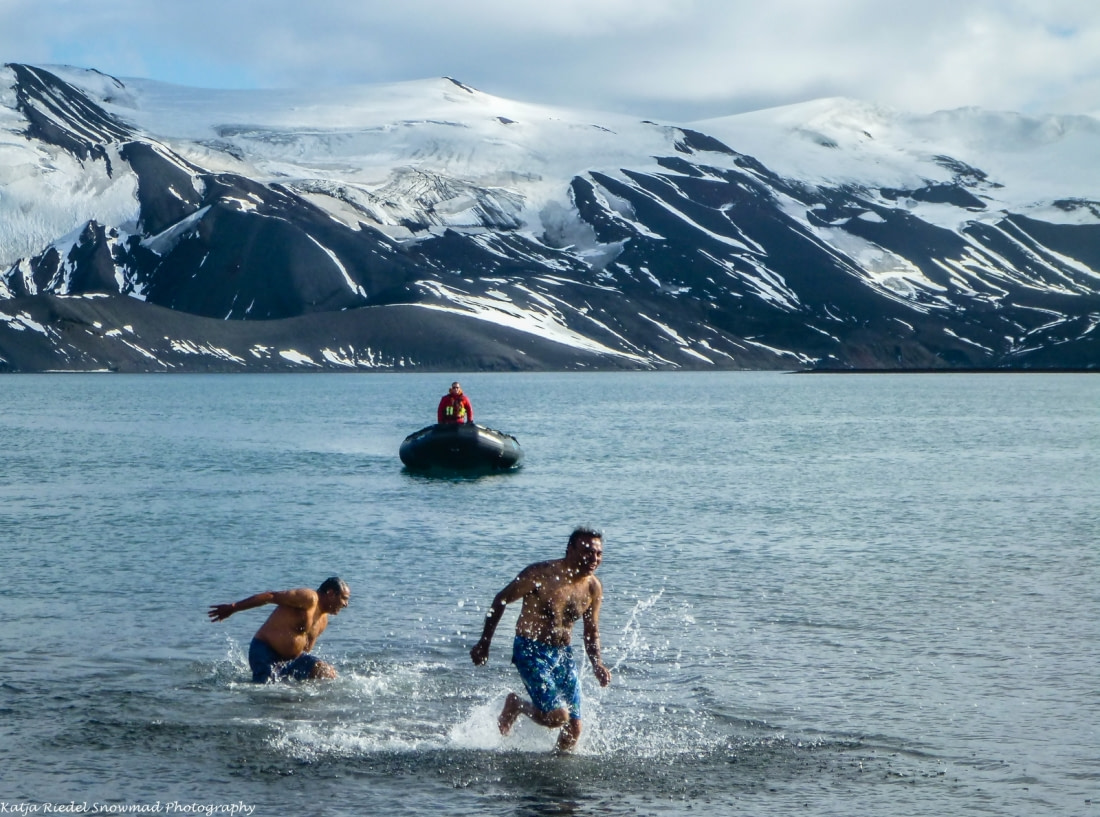
The polar plunge in practice
Whether on an Arctic or Antarctic cruise, we only offer the polar plunge as an event at the end of a landing, when the beach is suitable and conditions are friendly. And in reality, the activity is better characterized as a dip rather than a plunge.
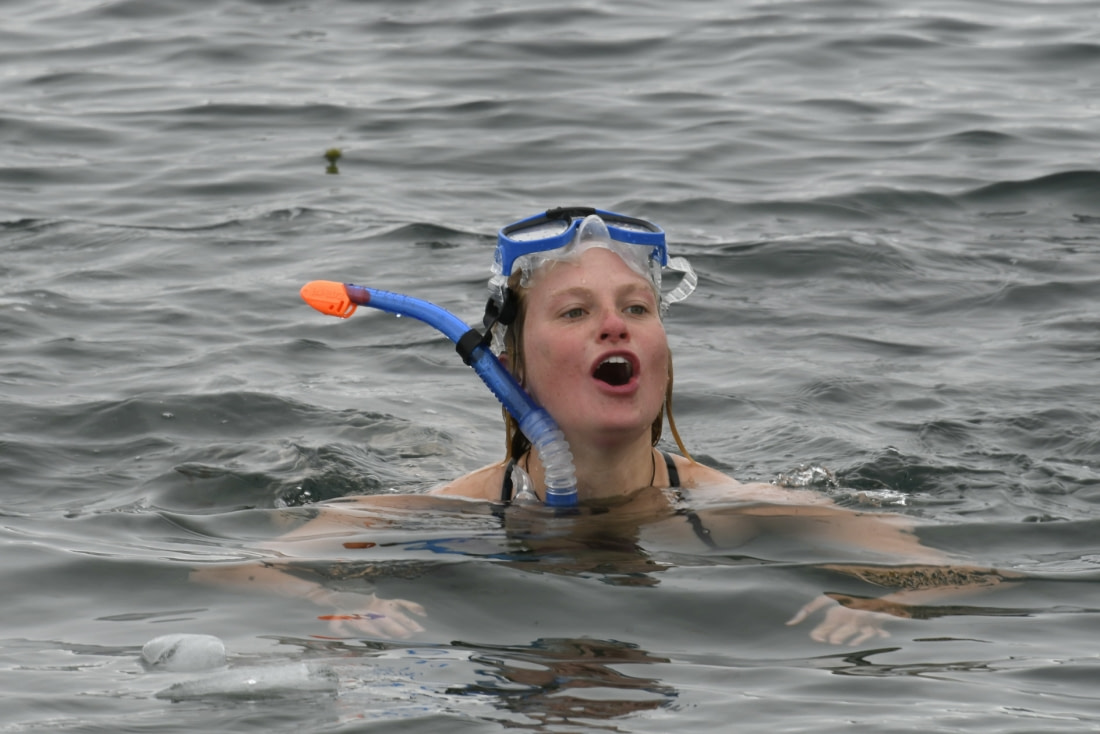
Also, we only do the polar plunge from shore, never from the ship. We simply can’t take the risk of someone having an issue in deep water, where it’s not as easy to get them out again.
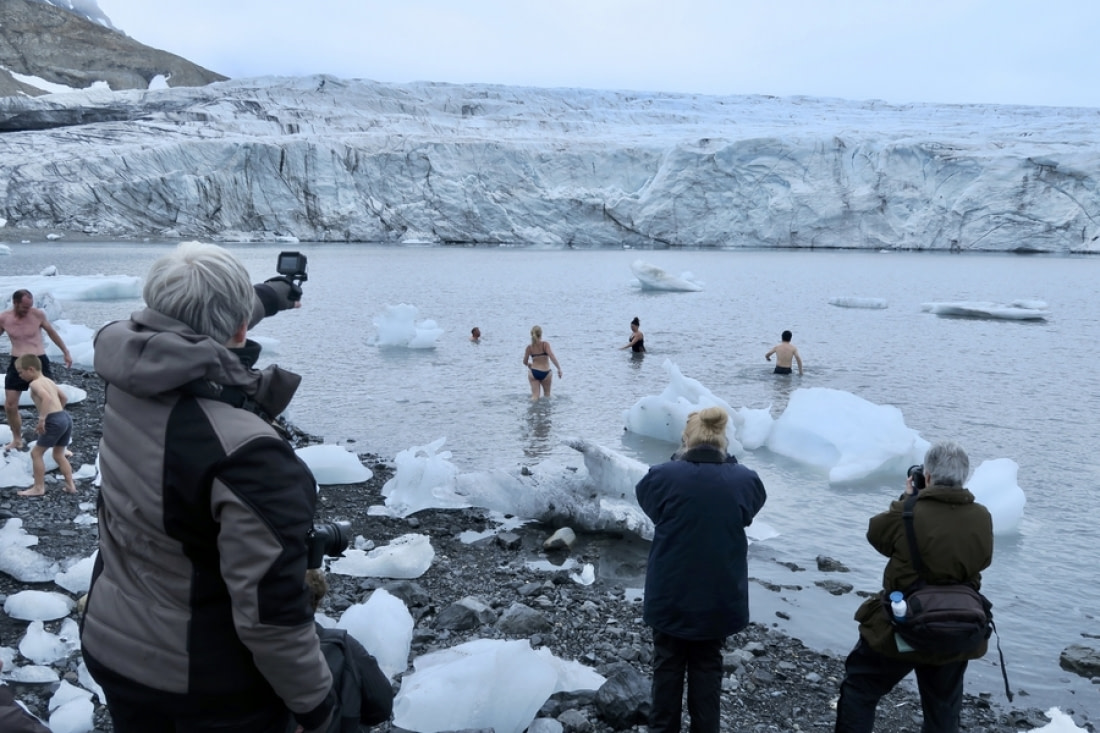
Zodiacs are always waiting nearby, ready to get everyone quickly back to the vessel. This gives polar plungers ample opportunity to frolic in water so cold even some penguins won’t touch it.
Brave, brave souls. A little nuts maybe, but who are we to judge?
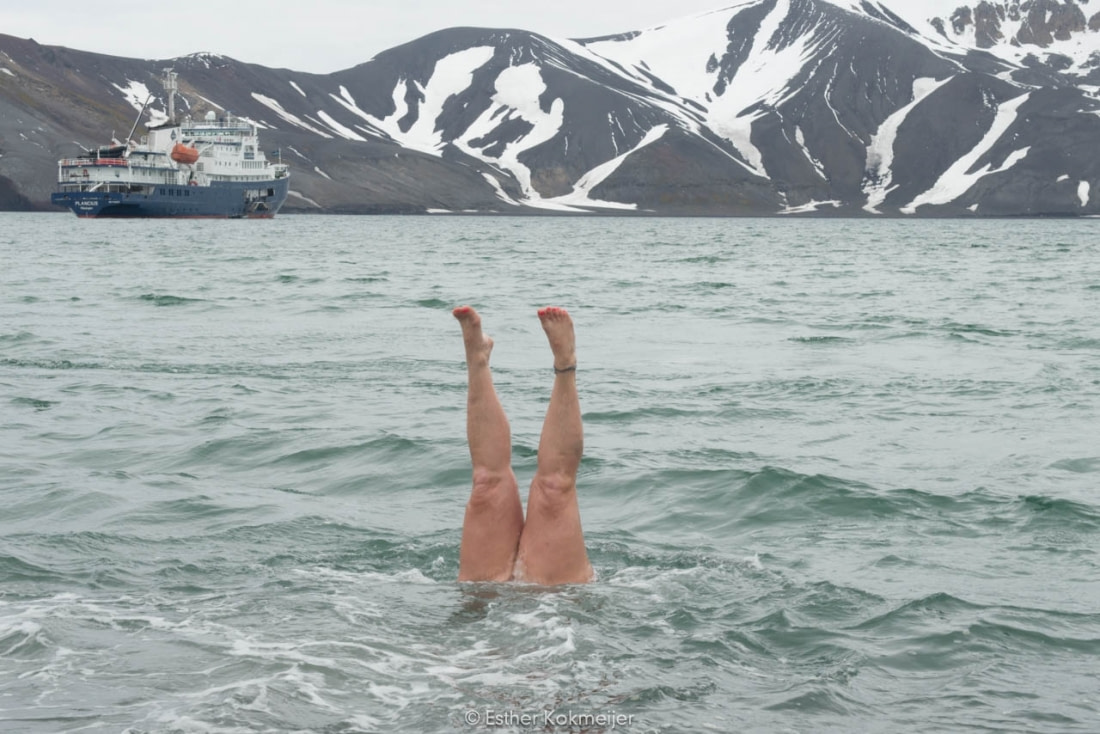
Back on the ship we keep the hot chocolate hot and the vodka flowing, so when these chill-seekers come back (their lips a little bluer but eyes a little brighter) they can get warm and comfortable as fast as possible.
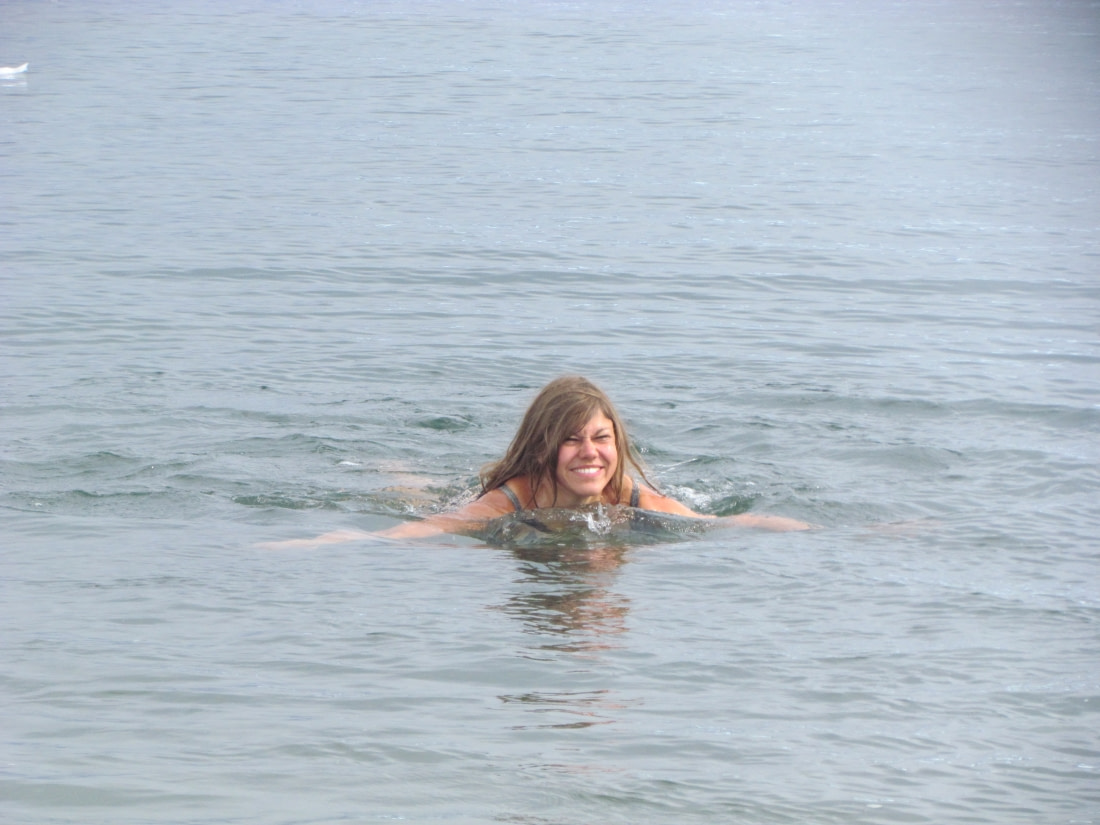
Final ponderings on the polar plunge
Joking aside, we do understand the polar plunge impulse.
For some it’s a personal challenge, to others a welcome thrill, and to all participants there’s no question it is a supremely invigorating activity. Polar travelers seem to like that combination.

But it goes without saying that the polar plunge is not for everybody. Some polar travelers are invigorated enough with just a strong cup of coffee.
Believe us, we totally relate.

Still, if you’re looking for a real eye-opener, you can’t fail to be satisfied by the polar plunge. At the very least, you could earn the respect of some very hard-to-impress walruses.
But we’ll completely understand if you prefer to stick with the coffee.

Blog


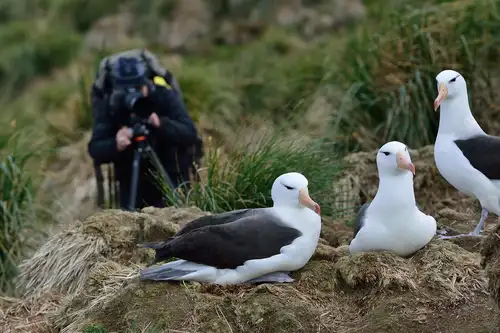
15 Falkland Islands Bird Photos

Traditional Lifestyles of the Inuit

15 Fantastic Photos of Antarctica
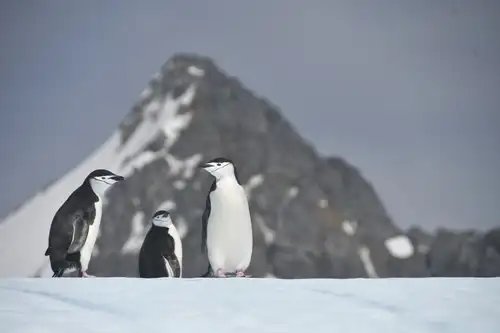
11 South Orkney Animals: Whales, Seabirds, and Penguins Aplenty
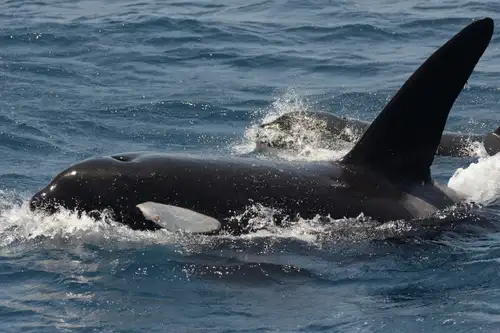
8 Whales You Might See During Your Antarctica Cruise
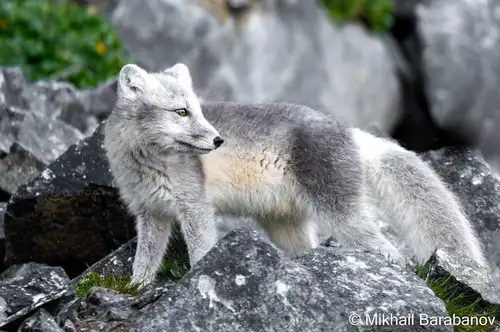
The Small Mammals of the Arctic and Antarctica
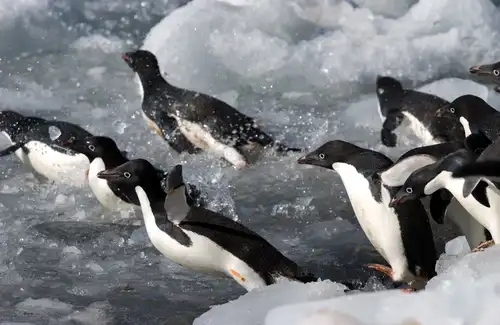
Adélie Penguins: the Little People of the Antarctic
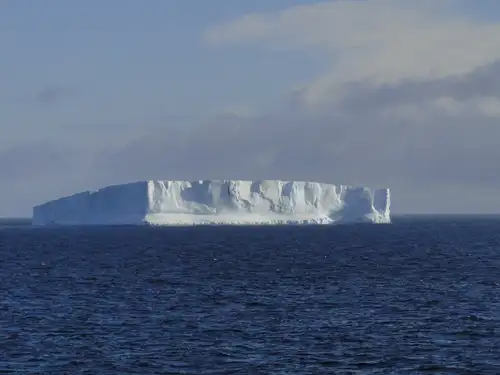
Weddell Sea: the Original Antarctic Adventure
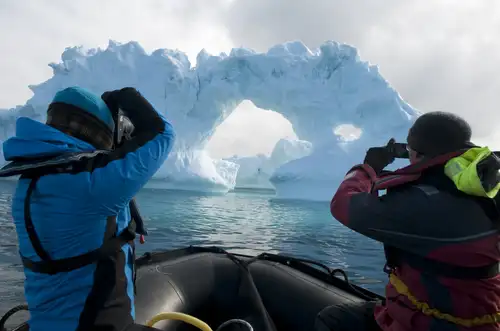
Under the Greenland Ice Sheet
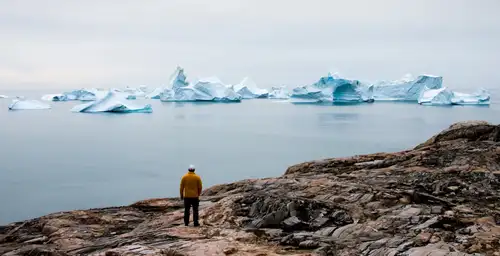
Tracking Greenland’s Wildlife from Space
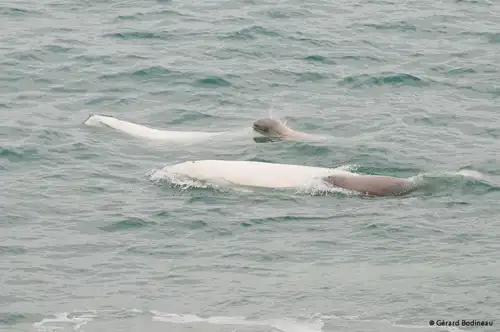
The Mysteries of the Beluga Whale
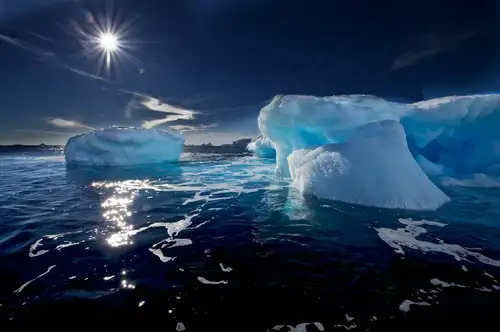
Everything you need to know about Antarctic icebergs

Humpback Whales: the Stars of the Western Antarctic Peninsula
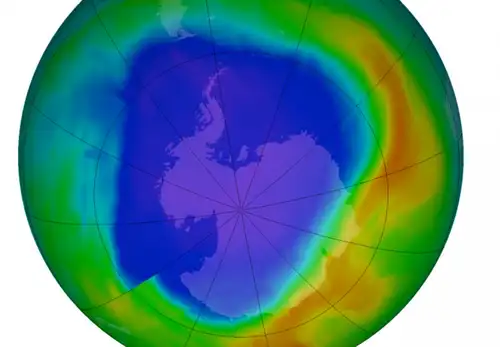
The ozone layer in Antarctica
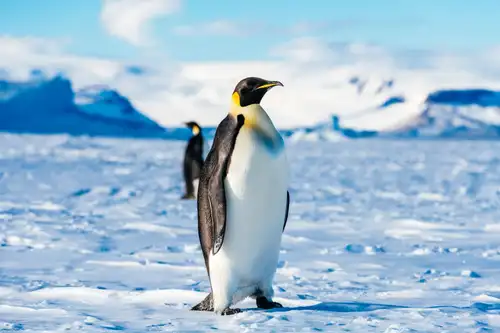
Penguins, Petrels, and Prions: Top Antarctica Bird Tour Spots
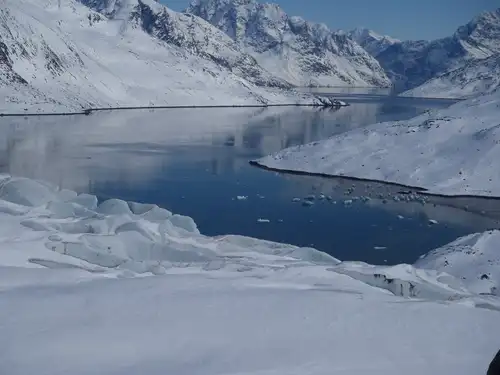
How and When Did Greenland Become Covered in Ice?

The disastrous expedition in the Arctic west
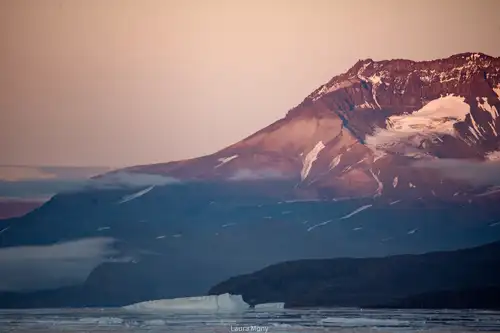
The Arctic’s Most Phenomenal Fjords
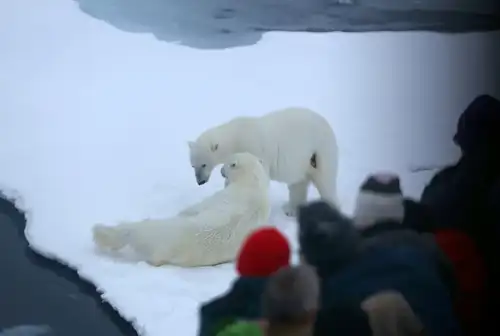
The Pack Ice and Polar Bears of North Spitsbergen
